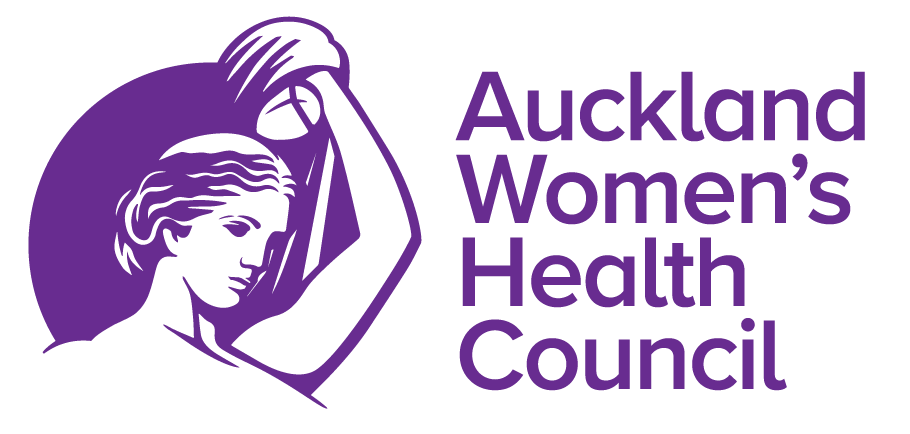Mammography Wars
The year 2011 has seen the publication of further evidence in the ongoing debate over the benefits and risks of breast cancer screening.
At the end of November 2011 a Canadian Task Force on Preventative Health Care published revised guidelines on breast cancer screening.1 The recommendations state, in women who are not at high risk:
- don’t start routine mammography until age 50
- screen only every two to three years
- stop routine clinical breast examination
- don’t advise women to routinely practice breast self exam.
These recommendations mirror those from the US Preventative Services Taskforce.2 The US guidelines met with fierce opposition when they were published in 2009, and the Canadian guidelines are already under fire, especially from those with vested interests in breast cancer screening such as the American College of Radiology and the Canadian Association of Radiologists.
As Fiona Godlee, editor of the British Medical Journal commented in her editorial published on 23 November 2011, “The fact that both of these national task forces have reached the same conclusion should give some confidence in the result, but there is no doubting the heat in this controversy.”3
Australia
Closer to home, an article published online on 29 September 2011 in Breast Cancer Research and Treatment revealed that almost 60% of the Australian decline in breast cancer mortality since 1991 cannot be attributed to BreastScreen, Australia’s free national mammographic programme. The article by Robert Burton and his colleagues, “Adjuvant therapy, not mammographic screening, accounts for most of the observed breast cancer specific mortality reductions in Australian women since the national screening program began in 1991,” claims that most if not all of the reductions can be attributed to the adjuvant hormonal and chemotherapy, which Australian women have increasingly received since 1986.4
At the end of the article the authors give a summary of the current evidence found in international studies on the results of breast cancer screening programmes:
“These observations are consistent with the findings in other countries where breast cancer mortality trends have been analysed.
The UK
In the UK, where mortality from breast cancer fell by 22, 22 and 12% for women aged 20-49, 50-69 and 70-79 years, respectively between 1987 and 1997, the decreases in mortality were suggested to have mainly resulted from changes in the way that breast cancer was diagnosed and treated.
An examination of age specific falls in breast cancer mortality in the UK between 1989 and 2007 for women aged 40-49 years (41%), 50-64 years (41%) and 65-69 years (38%) lead to the conclusion that mammographic screening did not have a causal role in those falls.
Denmark
The annual percentage changes in breast cancer mortality in Denmark were examined for 1982 – 2006 and there was no demonstrable effect of the mammographic screening program on breast cancer mortality.
Norway
A recent study from Norway reported that mammographic screening could not account for at least two-thirds of the reduction in mortality observed in the first 9 years of the national mammographic screening program in women aged 50-69 years, the age group invited to screen.”4
At the recent cancer control conference held in Seoul one of the delegates reported that in the Nordic countries the controversy over the effectiveness of breast cancer screening is very intense and is being widely covered in the media.
New Zealand
The history of New Zealand’s breast cancer screening programme shows that political decisions have often taken precedence and influenced decision-making during its establishment and then in subsequent changes to the programme.
BreastScreen Aotearoa was launched following a politically-driven rushed establishment process in the lead up to the 1996 general election. Nearly a decade later politics once again determined the outcome of the debate over extending the screening programme to women under the age of 50. In 2004 there was considerable controversy about whether Breast Screen Aotearoa should be screening women aged between 40 – 50 years of age. Women’s health groups, health professionals, and the Cancer Society appeared before the Health Select Committee to argue against such an extension.
The National Screening Unit also opposed the extension based on their review of the evidence.
With an election approaching and the usual desperation to appear to be doing something for women, Annette King, Minister of Health at the time, pre-empted the findings of the committee by announcing the extension of screening to women between 45 – 50 years. The Committee’s conclusion, published subsequently, was that the evidence did not support the extension. Once again the breast cancer screening programme was subjected to the whims of New Zealand’s three-yearly electoral cycle and politics was allowed to trump the evidence.
The latest independent monitoring report of BreastScreen Aotearoa for the two years from January 2008 to December 2009 revealed that one third of all screenings (305,000) are among women aged between 45-49 years (100,000).5
Given that studies continue to show that the benefits are small and there is significant potential for harm from mammography for women in this age group, it is obviously time for a review of BreastScreen Aotearoa.
